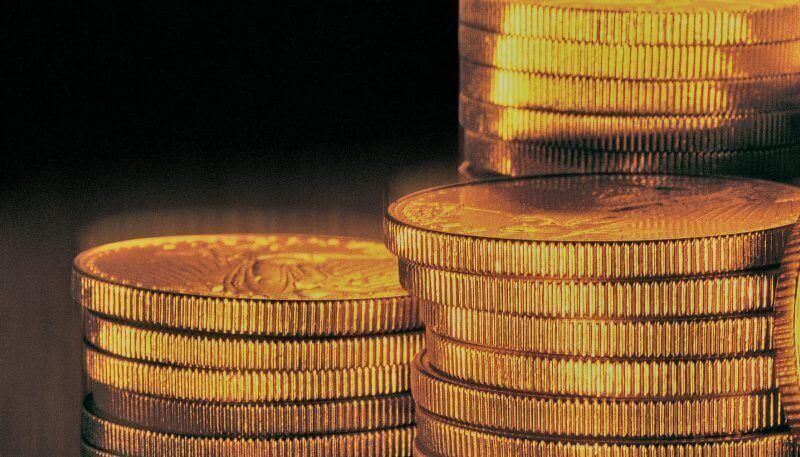Industry News
Gold Demand Trends – New World Gold Council Report
New Gold Demand Trends and updated Supply and Demand Statistics
|
|
GDT AND DEMAND STATISTICS FOR Q3 2010
We published the latest issue of Gold Demand Trends for Q3 2010 today, which suggests demand for gold for the rest of 2010 will be underpinned by the following market forces:
Outlook
- Increasing demand by the world’s two largest markets, India and China, as rising income levels, high savings rates and strong economic growth continue to push up consumption.
- Gold jewellery demand is likely to exceed that of 2009 due to an anticipated recovery in India, the most significant gold jewellery market, and continuing strength in China. While jewellery demand may face challenges ahead, the latest figures show that demand in key markets has shown resilience in the face of higher prices levels.
- Concern over fiscal imbalances and currency tensions will continue to support investment demand for gold. Aside from the recent additional US$600 billion of quantitative easing by the US, the weakening of the US dollar and associated fears of inflation, demand is also likely to be driven by higher gold price expectations, as well as increasing availability and accessibility of gold investment products to retail investors.
- Industrial demand, which has returned to long-term levels, is expected to remain firm on the back of renewed growth in the electronics industry, due to the majority of semi-conductors being wired by gold.
Key demand statistics:
- Total gold demand was 922 tonnes, an increase of 12% from Q3 2009. In US$ value terms, demand grew 43% to US$36.4 billion over the same period.
- Demand for gold jewellery increased by 8% from Q3 2009, with four of the best performing markets – India, China, Russia and Turkey – accounting for 63% of global demand. In value terms, global demand for the 12 month period ending September 2010 hit a record US$137.5 billion.
- Retail investment rose 25% from Q3 2009 to 243 tonnes. The largest contribution to total demand growth came from bar hoarding, which increased 44% from the previous year. The total value of net retail investments during the quarter was a record $9.6 billion, representing a 60% increase from Q3 2009.
- Total gold ETF demand fell by 7% from Q3 2009 to 39 tonnes. Following a remarkable surge in the previous quarter, which was supported by heightened sovereign risk and currency worries, this quieter period for ETFs reflects consolidation in the market, as it contemplated the prospect of QE2.
- Industrial demand has recovered back to pre-crisis levels of 110 tonnes, reflecting an increase of 13% from Q3 2009. This recovery was driven by improving demand for consumer electronics goods globally, in particular from emerging markets such as China and India, as well as an increased range of new technology products with gold components.



